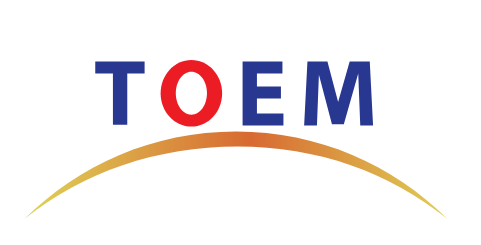Shanghai Gengyun Industrial Co., Ltd
A Guide of Common Types Of Multimode Fiber Optic Cable: OM3,OM4,OM5
Multimode fiber (MMF) is a type of optical fiber used primarily for short-distance communications, such as within buildings or campuses. Multimode fiber optic have larger cores, typically 50 or 62.5 microns. They are much larger than the 9-micron core diameter of single-mode fiber. Multimode fiber can transmit multiple light modes simultaneously, allowing more data to pass through the multimode fiber core in a given time. Multimode fiber has greater dispersion, but is less expensive to manufacture.
Multimode fiber cables are more suitable for short-distance transmission applications. For example, local area networks (LANs), home networks, etc. Its maximum transmission distance is about 550 meters and the speed is 10Git/s.
Common Types Of Multimode Optical Cables
OM3
The most notable feature of OM3 is that it supports 10Gb/s transmission rate and its core wire size is 50 mm.
OM3 fiber cable has a flame-retardant outer skin that prevents the spread of flames. The flame retardant jacket can effectively prevent the escape of smoke, acidic gases and toxic gases.
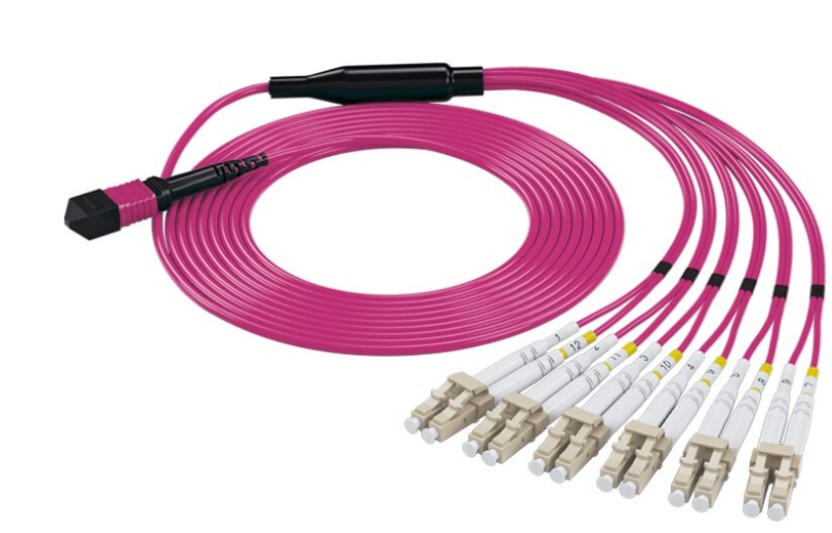
OM4
OM4 multimode fiber is specially developed for VSCEL laser transmission, and its effective bandwidth is more than twice that of OM3. OM4 is fully compatible with OM3.
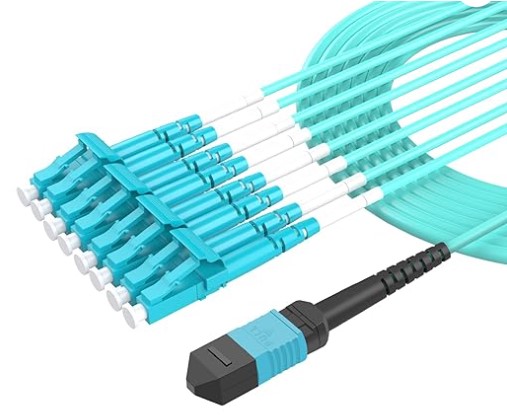
OM5
OM5 fiber, also known as WBMMF (Wideband Multimode Fiber), is the newest type of multimode optical fiber and is backward compatible with OM4. It is designed and specified to support at least four WDM channels with a minimum speed of 28Gbps per channel over the 850-953 nm window.
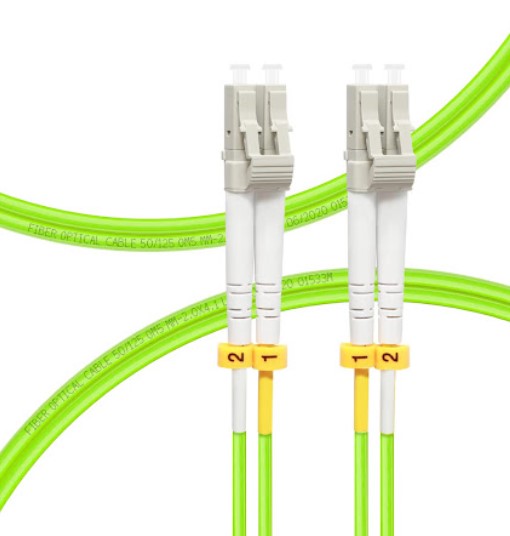
The difference between OM3, OM4 and OM5
| MMF Category | Fast Ethernet | 1GbE | 10GbE | 40GbE | 100GbE | Optic Fiber |
| OM3 | 2000m | / | 300m | 100m | 70m | Multimode |
| OM4 | 2000m | 550m | 400m | 100m | 100m | Multimode |
| OM5 | / | 550m | 550m | 150m | 150m | Multimode |
Comparison of OM1, OM2, OM3, OM4, and OM5 fiber applications
OM1 and OM2 have been widely used in building applications for many years, supporting up to 1Gb Ethernet transmission.
OM3 and OM4 optical cables are usually used in data center wiring environments, supporting 10G and even 40/100G high-speed Ethernet transmission.
OM5 is commonly used in cloud computing and data center wiring, supporting 100G high-speed transmission.
OM3 and OM4, the two most commonly used multimode fiber optic, how should we choose?
Choose OM4
When carrying out optical fiber wiring, if you consider increasing the initial investment of some wiring, use a better multimode optical fiber. For example, OM4 optical fiber can ensure that the current multimode optical fiber technology is fully utilized and reduce the overall cost of the current system; when the system needs to be upgraded to a higher-speed system, such as 40G, 100G. OM4 multimode fiber can still be used, which will save more expenses.
Specific usage guidance of OM4
For Ethernet users, the transmission distance can reach 300m to 600m in 10Gb/s system transmission; in 40Gb/s and 100Gb/s systems, the transmission distance is between 100m and 125m.
For campus network users, OM4 fiber will support 4Gb/s fiber link length of 400m, 8Gb/s fiber link length of 200m or 16Gb/s fiber link length of 130m.
Choose OM3
OM3 fiber is a fiber designed for use with VCSEL. It complies with the OM3 fiber optic cable specification of ISO/IEC11801-2nd and meets the requirements of 10 Gigabit Ethernet applications.
When the distance between buildings exceeds 550 meters, users do not need to use expensive laser equipment. Because the Gigabit Ethernet transmission distance using the OM3 fiber system can be extended to 900 meters.
Within a distance of 2000 meters, within the OC-12 (622Mb/s) rate range, standard 62.5/125μm multimode fiber can be used in various situations. OM3 fiber can increase the transmission distance of Gigabit and 10G systems, so using 850nm wavelength optical modules and VCSEL will be the most cost-effective cabling solution.
There are many types of OM3 fiber, including indoor type, indoor/outdoor general type, etc. And the number of fiber cores ranges from 4 to 48. In addition, all applications based on the old multimode 50/125 fiber are supported. Including LED light sources and laser light sources.
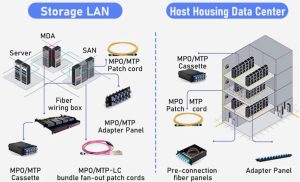
Conclusion
Multimode fiber optic cable technology has evolved from the initial OM1 multimode to the current OM5 that supports 100Gbps. In the future, multimode fibers that support higher transmission rates will appear. Which will give users the most effective return on their investment. However, the mainstream is still OM3 and OM4. Which are the best choices for backbone cabling or fiber to the desktop.
